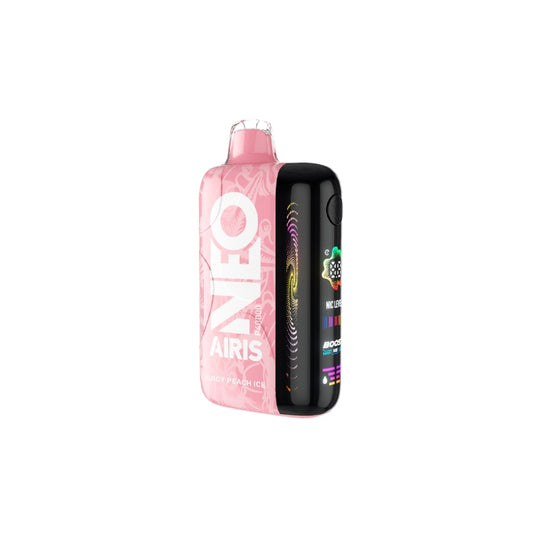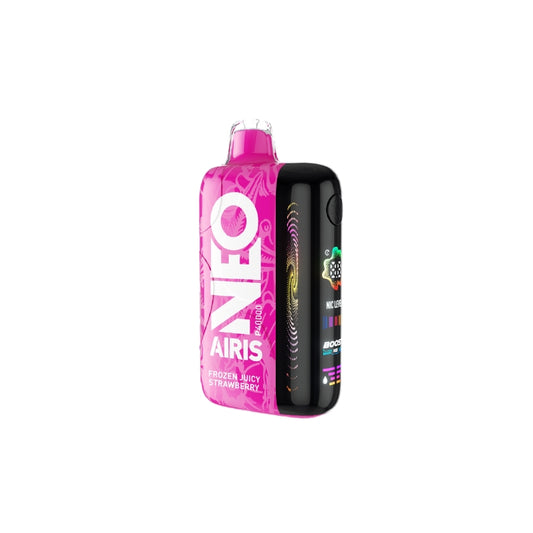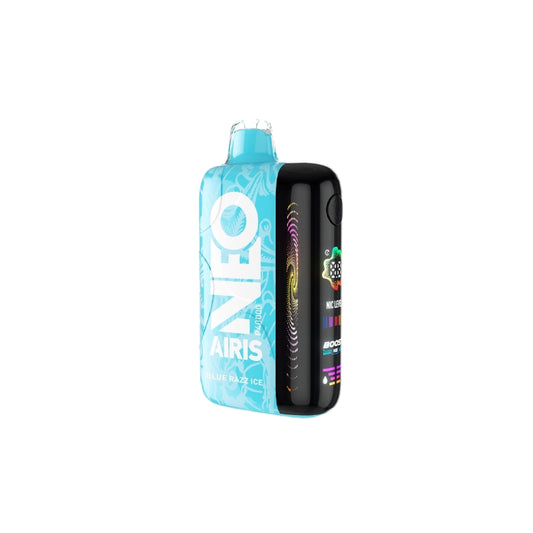do vape bump go away
Understanding Vape Bumps: Causes and Solutions
Vaping has become a popular alternative to traditional smoking, but with its rise, some users have reported experiencing vape bumps. These small, sometimes itchy bumps can be a cause for concern. This article delves into what causes vape bumps and how you can effectively manage them.

What Are Vape Bumps?
Vape bumps are small, localized skin irritations that some users experience after vaping. They often appear on the face, neck, or hands, areas that are typically more exposed to the vapor.
Causes of Vape Bumps
- Allergic Reactions: Ingredients in e-liquids, such as propylene glycol (PG) or flavorings, can cause allergic reactions in sensitive individuals.
- Contact Dermatitis: Frequent contact with vape devices and e-liquids may lead to skin irritation.
- Heat and Moisture: The heat and moisture from the vapor can trap dirt and oils on the skin, leading to blocked pores.
How to Prevent and Treat Vape Bumps
While vape bumps can be irritating, there are several ways to prevent and treat them:
- Choose the Right E-Liquids: Opt for e-liquids with a higher ratio of vegetable glycerin (VG) if you suspect a PG allergy. Explore our range of Vape Products for suitable options.
- Maintain Good Hygiene: Regularly clean your vape device and wash your hands and face after vaping.
- Moisturize: Keep your skin hydrated to prevent dryness and irritation.
- Consult a Dermatologist: If symptoms persist, seek advice from a healthcare professional.
Explore More with ThatVapeClub
At ThatVapeClub, we offer a wide variety of e-liquids and devices tailored to meet your needs. Whether you're exploring new flavors or looking for Dooby Collection, we have something for every vaper.
FAQs
- Do vape bumps go away on their own?
- In many cases, vape bumps will resolve on their own with proper skin care and avoidance of the irritant.
- Should I stop vaping if I get vape bumps?
- If symptoms are severe, consider reducing your vaping frequency or consulting with a healthcare provider.




